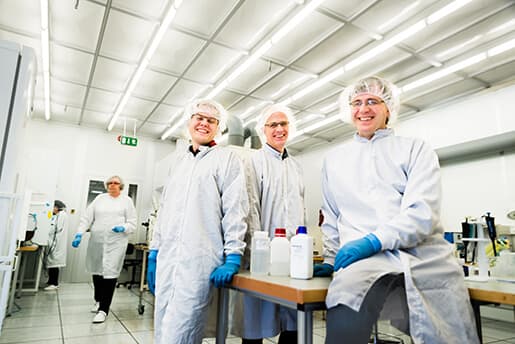Power Paper stores energy and allows quick recharge hundreds of times
Swedish engineers have invented a new paper, called 'Power Paper' that can store energy and it can be recharged hundreds of times. What's more interesting is that it supports quick-charging, with each recharge taking just a few seconds. The paper is made up of a combination of nanocellulose and a special conductive polymer. Researchers from Linköping University’s Laboratory of Organic Electronics have described their work in the latest issue of #-Link-Snipped-#.
The new Power Paper promises a better world where the world's energy storage issues are taken care of in a very limited space. This new material with about 15cm diameter and thickness less than a millimeter can easily store charge equivalent to that of supercapacitors currently available in the market.
Xavier Crispin, one of the researchers on the project informed that thin film capacitors aren't new. However, the team, for the first time has achieved production of the new material in 3D. The Power Paper looks like a laminated paper and can be folded. Researchers demonstrated the strength of the paper by creating a paper swan using Origami technique.

Image Credit: Linkoping University
The power storage magic comes from the structure of the material. The nanocellulose is broken into very thin, 20nm fibres. An electrically charged polymer is added in the water solution containing these nanocellulose fibres. The polymer forms a coat around the strands of fibres. The liquid between the fibres acts as an electrolyte.
What's more interesting is that the new Power Paper has already set a new world record in simultaneous conductivity for electrons and ions. Researchers believe that it will also create new avenues for development of even more efficient paper capable of storing more energy. Also, the new power paper is environment friendly unlike the traditional batteries. No dangerous chemicals are used in the process of manufacturing.
The power paper holds a total of four world records - an organic electronic devices with highest charge and capacitance (1C, 2F), organic conductor with highest current (1A), highest capacity to simultaneously conduct ions and electrons and transistor with highest transconductance (1S aka one Siemens).
Read details about the Power Paper on the source link below.
Source: #-Link-Snipped-#
The new Power Paper promises a better world where the world's energy storage issues are taken care of in a very limited space. This new material with about 15cm diameter and thickness less than a millimeter can easily store charge equivalent to that of supercapacitors currently available in the market.
Xavier Crispin, one of the researchers on the project informed that thin film capacitors aren't new. However, the team, for the first time has achieved production of the new material in 3D. The Power Paper looks like a laminated paper and can be folded. Researchers demonstrated the strength of the paper by creating a paper swan using Origami technique.

Image Credit: Linkoping University
The power storage magic comes from the structure of the material. The nanocellulose is broken into very thin, 20nm fibres. An electrically charged polymer is added in the water solution containing these nanocellulose fibres. The polymer forms a coat around the strands of fibres. The liquid between the fibres acts as an electrolyte.
What's more interesting is that the new Power Paper has already set a new world record in simultaneous conductivity for electrons and ions. Researchers believe that it will also create new avenues for development of even more efficient paper capable of storing more energy. Also, the new power paper is environment friendly unlike the traditional batteries. No dangerous chemicals are used in the process of manufacturing.
The power paper holds a total of four world records - an organic electronic devices with highest charge and capacitance (1C, 2F), organic conductor with highest current (1A), highest capacity to simultaneously conduct ions and electrons and transistor with highest transconductance (1S aka one Siemens).
Read details about the Power Paper on the source link below.
Source: #-Link-Snipped-#
0

